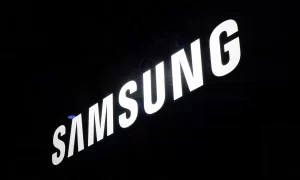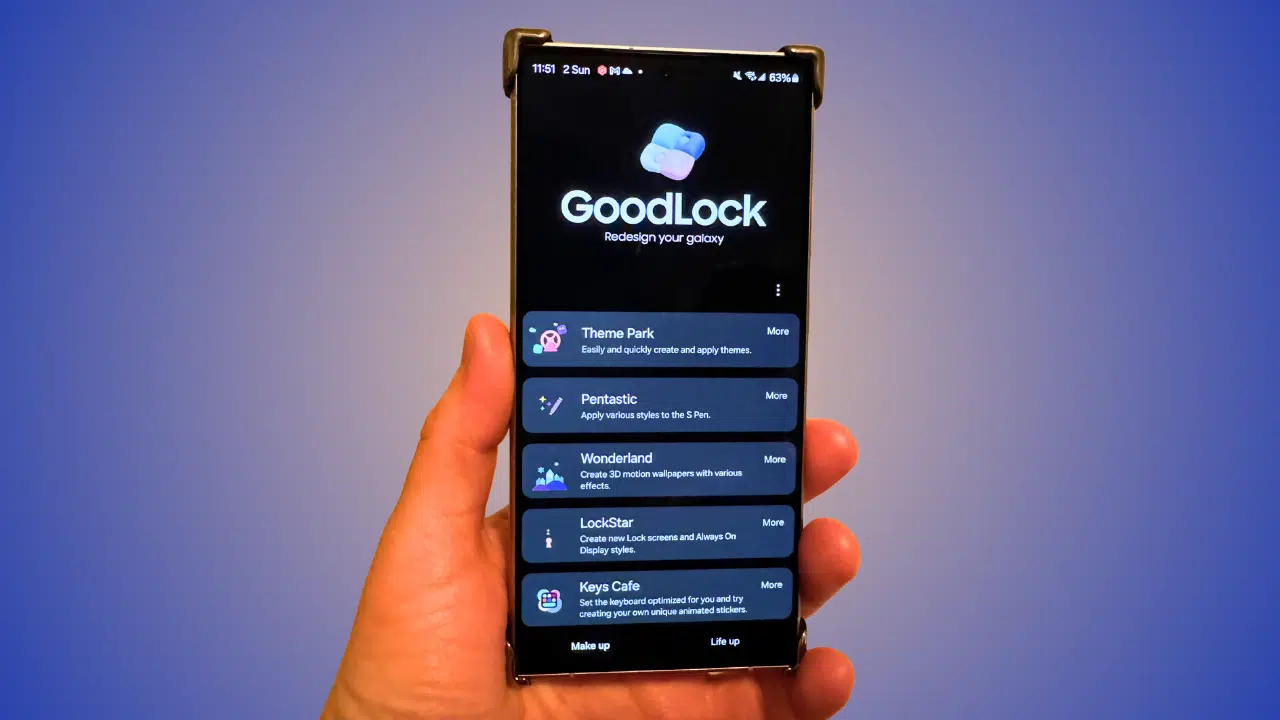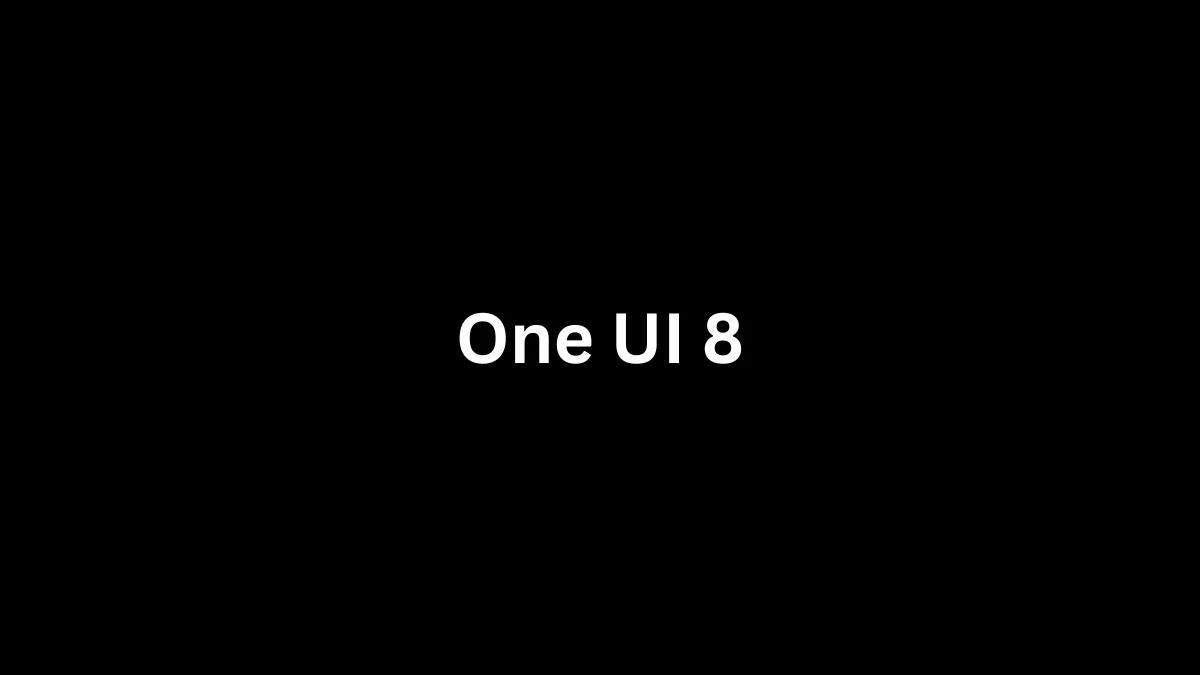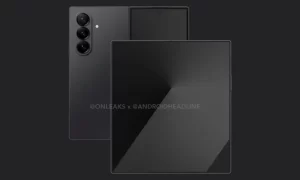According to reports, NASA conducted a critical rocket ignition test, but the test ended in failure in just one minute. On Tuesday, NASA officials announced that the core of the large moon rocket was still in good condition after the ignition test.
According to NASA’s official statement, this test is the last link in the ‘Green Run’ series of the US Artemis project. At 5:27 pm on January 16th, local time, NASA’s Space release System (SLS) rocket ignited its four main engines on a test stand in Mississippi, but the test engine shut down earlier than the agency planned.
According to the original plan, the rocket’s 4 RS-25 engines will be ignited at full power for 8 minutes-this is the time required for the rocket to enter space after launch. The heat test process includes loading 733,000 pounds of liquid oxygen and liquid hydrogen, counting down, and igniting the engine.
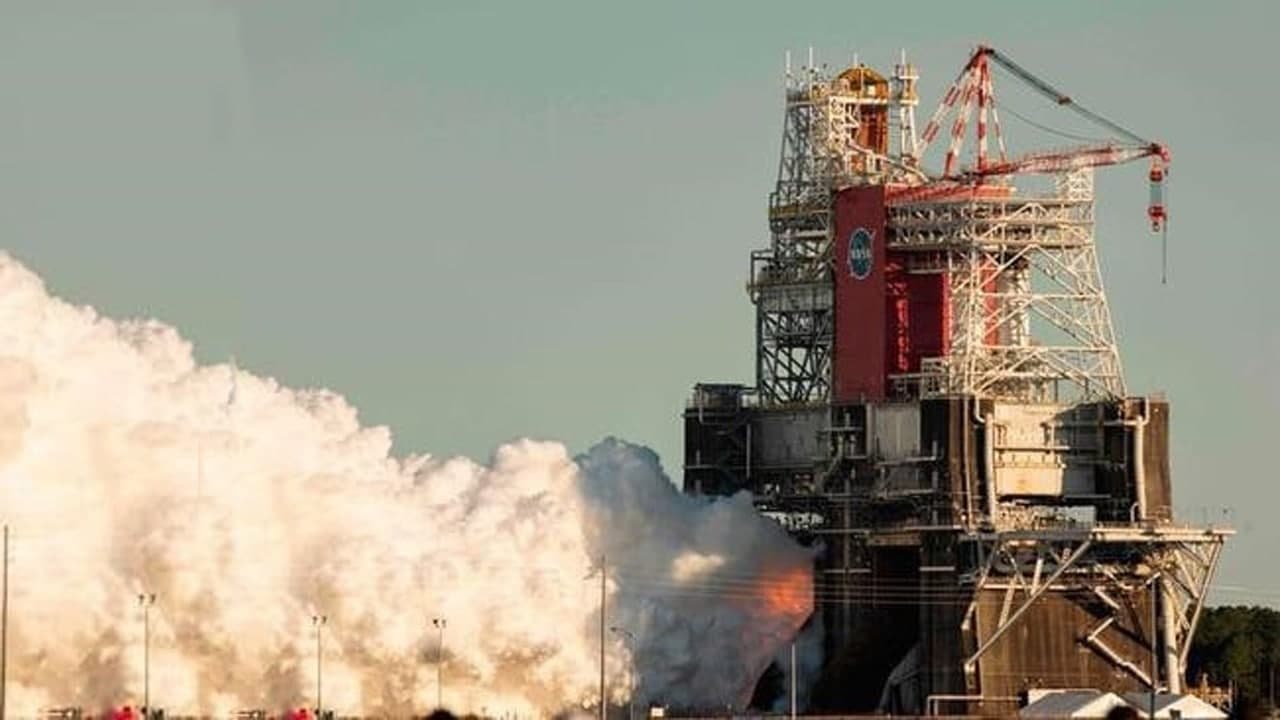
However, the engine suddenly shuts down a little more than 1 minute after starting, and the ignition test ends early and ends in failure. NASA Director Jim Bridenstine said, “The test is not a failure. This is a test. Today, we tested the areas we want to improve in a meaningful way.
After some adjustments, SLS will send us back. To the moon.” But John Shannon, Boeing’s SLS project manager, said at a press conference on Tuesday: ‘It’s too early to decide where to go next.’
NASA put a manned landing on the moon again on the agenda after half a century, because the president set the goal of returning astronauts to the moon in 2024. But this goal seems a bit difficult to achieve because Congress has never provided sufficient funds to develop a lander that allows astronauts to return to the moon.
Earlier, NASA planned to launch an unmanned rocket launch test in November. SLS has been criticized for repeated delays and cost overruns. As this critical ignition test ends early, its release may be delayed again.
According to the analysis, the engine stalled earlier this time because the hydraulic pressure in the auxiliary power unit was too low. Since this test thruster is also a thruster that will perform space launch missions in the future, engineers are particularly careful to ensure that the thruster will not be damaged during the test. If the same thing happens during the actual flight, the engine will not shut down.
NASA’s SLS project manager John Honeycutt (John Honeycutt) said: “If something happens during the ignition test, we will let the rocket continue to fly.”
Another problem occurred during the ignition test: one of the engines had a “critical component failure.” After inspection, it was found that the sensor had some minor problems. This sensor did not function when the test was turned off. In general, post-mortem inspections showed that all four rocket engines were in good condition.
However, NASA and Boeing engineers still face two unsatisfactory choices. First, they can perform the ignition test again (maybe the test time will be shortened) to collect the remaining data. However, there is always a risk of problems during testing.
Second, the engineers can also decide that they have collected enough information to ship the rocket to Florida. ‘This is the core part of our mission.’ Deputy Director Lu Desi stated, ‘So, you have to figure out what risks you will face in another round of testing the core of the rocket.’
This Tuesday is also the last day of Jim Bridenstine as Director of NASA. On Wednesday, after Joe Biden was sworn in as President of the United States, Bridenstine will also step down.
The new government, other government departments were turbulent. But Bridenstine emphasized the importance of a smooth transition of work and said that NASA has the joint support of the Republicans and Democrats.
Bridenstine said: ‘Partisanship differences should not exist. We should always be united. We should always be united for scientific exploration.’ Bridenstine said that NASA is considering whether it is necessary to adjust the US government’s moon landing plan.
The talented NASA will definitely come up with multiple options so that our moon landing plan will receive the full support of the new government.’
Currently, Biden has not appointed the next NASA director, but Bridenstine said that no matter who takes office, he will fully support him. He said: ‘After that, I will no longer be the director, but just an ordinary taxpayer. But I will always pay attention to NASA’s work and celebrate every achievement NASA has made.’
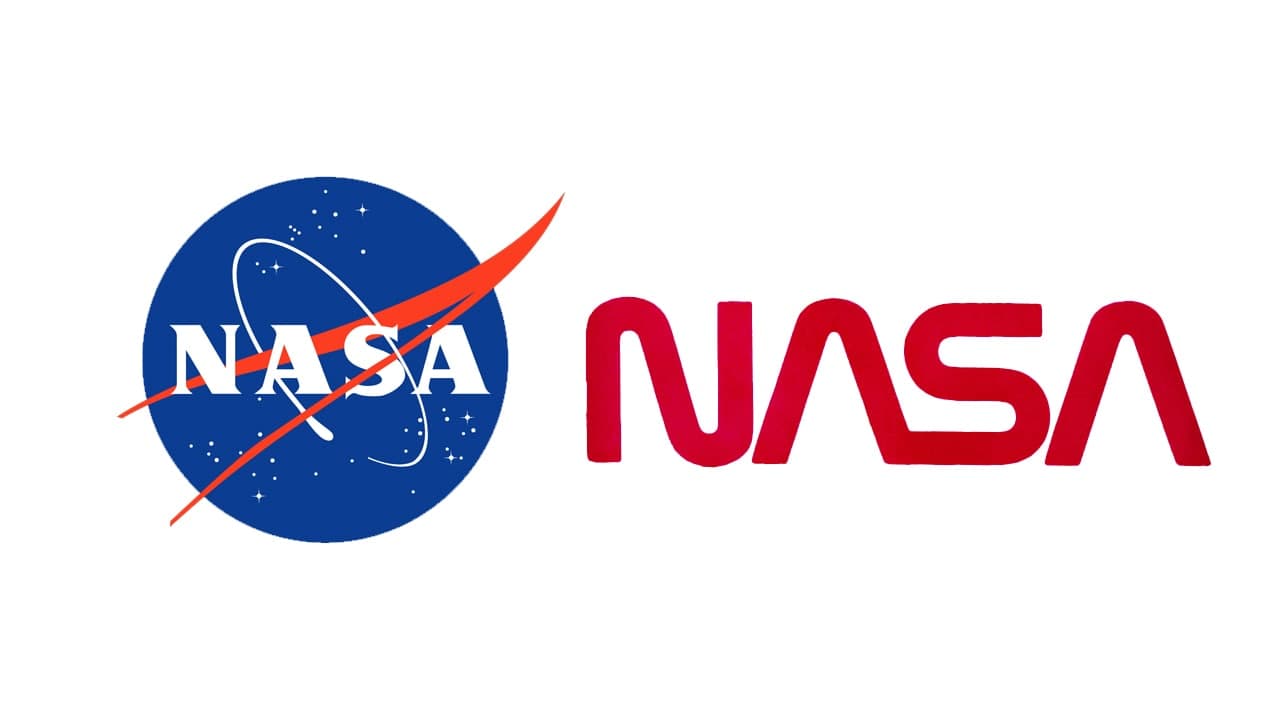
(Source)



